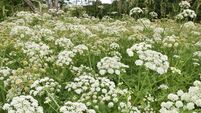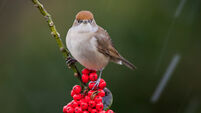Peter Dowdall: Winter quarters beckon for frost-tender plants
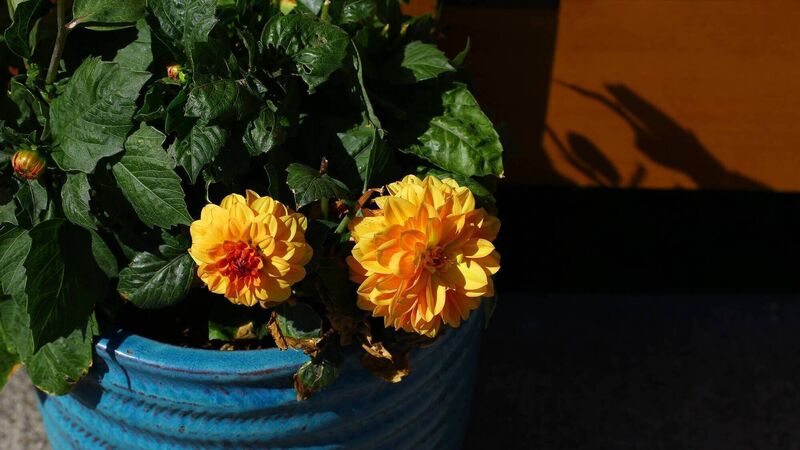
Frost-tender perennials like this dahlia should be lifted from the ground and brought in for the winter months. Picture: iStock
The October garden requires a bit of work. You’ll discover you need to take up many plants — these could be plants that need a break or that may have passed their best — and fresh new specimens will need to be planted. I guess it’s a bit like Dáil Éireann at election time.
Plastic isn’t breathable and thus condensation will build up inside and this in itself will lead to problems such as the development of fungal infections.
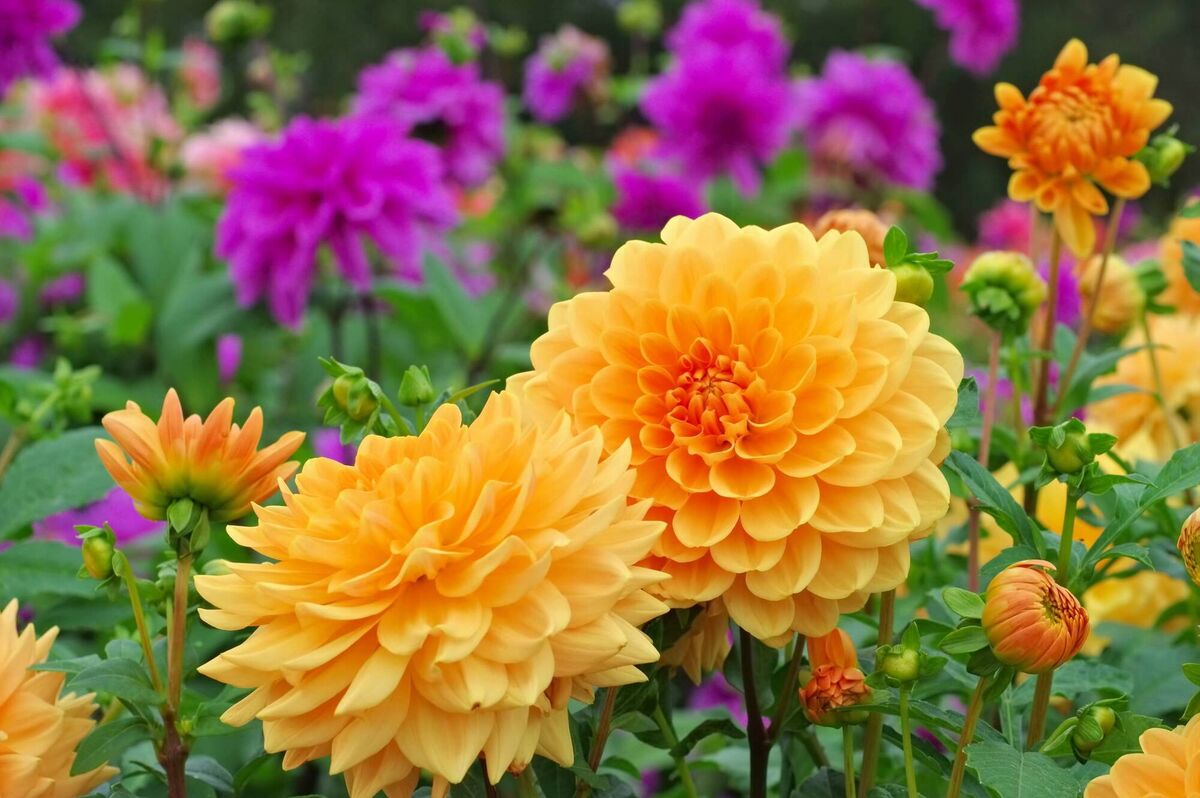
The one thing that dahlias will struggle with, is the amount of winter rain that we get here. They don’t like to be sitting in waterlogged soil for any length of time so make sure that you plant them in a sunny position in free-draining soil. It helps to include a good amount of grit in the planting area before placing the tubers as this will draw moisture away from the root zone.
Other perennials which may be frost-tender, intolerant of our high rainfall levels, or simply short-lived include diascia, penstemon, some of the verbenas, osteospermums, fuchsias and pelargoniums. These can all be propagated from cuttings taken during the summer and even cuttings taken now, will most likely produce roots if kept indoors.
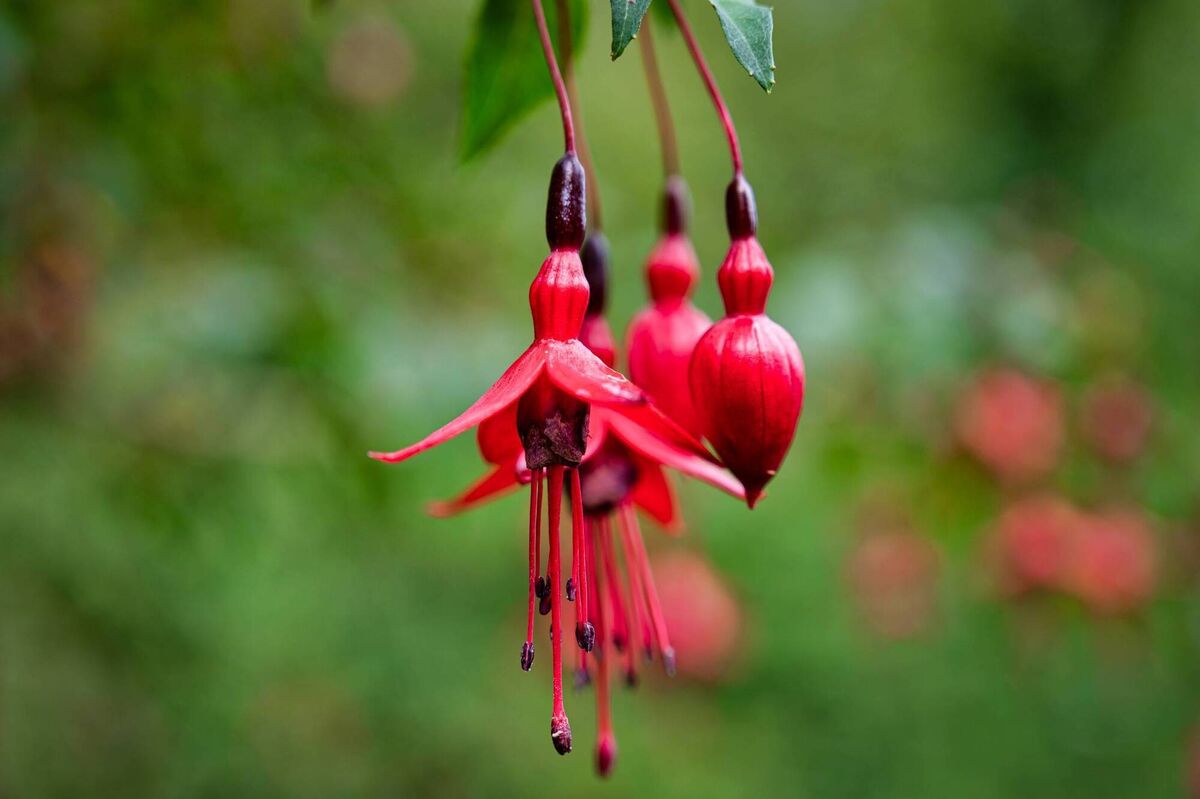
This is not only a good way to bulk up on plant numbers but it will also provide insurance in case anything happens to the parent plant left outside during the winter.

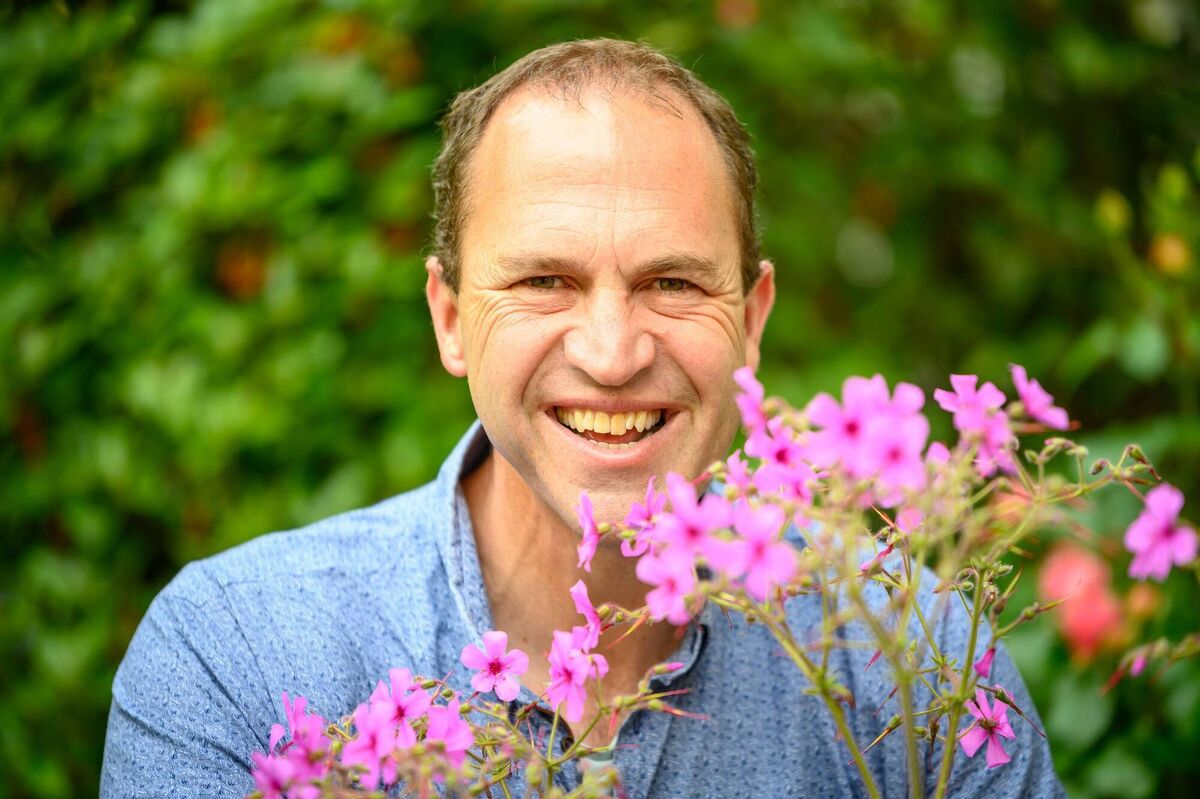
- Got a gardening question for Peter Dowdall? Email gardenquestions@examiner.ie






